what does tralalero tralala mean Explained: #1 The Internet’s Strangest Obsession
Introduction to what does tralalero tralala mean
Once in a while the internet offers us something so outlandish that it becomes unforgettable. what does Tralalero Tralala mean a meme, a soundbite, a ridiculous AI-created voice rant cut up into dreamlike imagery and one of the most confounding trends to take over the internet in 2025. What began as a weird audio file has exploded into a chaotic meme phenomenon under the banner of Italian Brainrot. Everyone around the world is wondering: What is this? What does it all mean? This article breaks down the meaning, the history, and the controversy surrounding “Tralalero Tralala,” such as its dissemination, imagery, reactions, and longevity in online culture
What is “Tralalero Tralala” exactly?
what does Tralalero Tralala mean is an online meme a viral audio clip with matched imagery that falls under the “Italian Brainrot” meme category.
The sound includes an AI-voiced
Italian reciting senseless words (“Tralalero Tralala”) followed by expletive-filled, outlandish storytelling—like someone’s grandma cutting into their Fortnite session.
The images are usually strange: creatures with unusual characteristics (such as a shark wearing blue Nike sneakers), dream-like arrangements, and things done specifically to be confusing or funny.
The origin story: where and how it began
The meme initially appeared on TikTok around early 2025. The user who is credited with the first viral sound is @eZburger401, which reportedly got banned shortly after the clip started to go viral.
Subsequent creators then utilized the sound, remixed it, overlayed it with strange visuals or AI pics, and thus spread it further.
Lyrics, translation & what is said in the meme
Here’s approximately how the meme reads in Italian:
“Trallallero Trallalla, porco Dio e porco Allah. Ero con il mio fottuto figlio merdardo a giocare a Fortnite, quando a un punto arriva mia nonna, Ornella Leccacappella …”
In English, this is approximately (warning: contains profanity / strong language):
“Trallallero Trallalla, damn God and damn Allah. I was with my fucking kid (shit-kid) playing Fortnite, when at some point my grandma, Ornella Leccacappella, shows up …”
The title “Tralalero Tralala” itself, the introductory chant, is mostly meaningless—designed to be rhythmic, catchy, fantastical. It isn’t a meaningful phrase with connotations.
What “Tralalero Tralala” means (or doesn’t mean)
The chanting section (“Tralalero Tralala”) isn’t literally something; it’s nonsense, gibberish as a musical/rhythmic impact.
The rest employs profanity, religious figure insults, crazy storytelling–none of them seem to have some deeper underlying message; shock, surprise, surreal humor.
Most often, it is used as satire or parody, or just random humor, instead of attempting to have any serious say.
The contribution of AI & dreamlike visuals
Among the most important ingredients is the application of AI-generated images: creatures or characters in unconventional pairings, such as a shark on legs, with sneakers. These images combined with strange sounds / incantations increase the silliness.
The strangeness is built into the hook—people watch, share, remake, laugh because it’s so strange and out of left field. Remixes, edits, stacking weird filters make it go viral.
Controversies: religion, blasphemy, sensitivity
Since the audio contains statements like “porco Dio e porco Allah” (which roughly translate to “damn God and damn Allah”), there has been outrage regarding potential blasphemy and religious insensitivity.
Others claim it’s simply shock humor and not intended to attack a religion in general; others note that intentional or not, those words can hurt or anger.
And due to its profanity and reference use, platforms have reacted (e.g. bans or takes down) in some instances.
How it spread: TikTok, AI photos, remix culture
The meme rapidly spread on TikTok, then got remixed on other platforms. People added phonk remixes of the audio, utilized it on anime edits, soccer montage videos, etc.
The visuals (AI created) contributed to making it high shareability — bizarre animals, unusual compositions. And once people understand they can add this audio + bizarre visuals, it becomes a template.
Similar characters/trands in Italian Brainrot
“Tralalero Tralala” is not an isolated incident. It is part of a broader collection of characters and memes: Bombardiro Crocodilo, Brr Brr Patapim, Ballerina Cappuccina, etc.
They all have the same aesthetics: ridiculous images, strange names, AI-generated art, nonsense storytelling.
Why humans are interested: humor, incongruity & meme psychology
Incongruity & surprise: mismatch between the chant, the curse, the image is discomfiting – that’s where the humor is.
Catchiness & repetition: the chant is memorable and recitable.
Participatory culture: people recapture, remix, create art/memes out of it.
Curiosity & controversy: when things walk the line (religious speech, AI, trippy visuals), humans notice more.
The long-term effect & where things could go next
Currently, “Tralalero Tralala” is part of an expanding counter-movement of absurdist meme culture. Whether it continues longer than a few months or becomes a norm is a function of whether or not it evolves or is replaced by more recent memes. But already, though, it demonstrates how AI assists in increasing weird, innovative, occasionally cringeworthy content quickly. It also poses questions about boundaries: how much is “innocent absurdity,” and when does it hurt or offend? Creators, platforms, audiences all must grapple with that. It could bring about further discussion of blasphemy in meme culture, regulation of AI, or just give birth to even weirder meme progeny.
FAQs
Is “Tralalero Tralala” an authentic Italian song?
No — it’s not an oldie. The chant is AI-generated, nonsensical and in some places lewd Italian. It’s meme culture, not an official musical composition.
What does “Tralalero Tralala” mean in English?
The “Tralalero Tralala” section means nothing literally — it’s nonsense. The rest of the lyrics contain swear words and phrases such as “damn God and damn Allah,” along with ridiculous narrative such as Fortnite playing and grandmother’s interjection.
Who created the meme?
The username @eZburger401 is responsible for originating the viral clip.
Why did they include profanity and religious epittets?
Probably for shock value, the absurdity, or humorous value. In most memes, provocative or taboo terms drive attention, but at the cost of bringing controversy.
Is it offending or blasphemous?
Some folks do find it offensive because it’s the type of language that would be blasphemy in religious contexts. Others claim it’s absurdist humor without the intent to offend. Opinions vary.
Why did images such as sharks and AI art feature so heavily?
They enhance the absurdity; bizarre images matched with wacky sounds make memes more memorable, shareable, remmixable. And AI art allows creators to quickly come up with weird designs.
What is Italian Brainrot?
It’s a meme subcategory/phenomenon blended from AI art, surreal or absurd imagery, unusual or humorous Italian (or fake-Italian) voiceovers, wacky characters, sometimes with no discernible plot. “Tralalero Tralala” is one of its oldest and most prominent examples.
Can I get a profanity-free version?
Maybe, remixers can censor or cut out swear words. what does tralalero tralala mean But the original viral audio contains explicit content.
Will this trend die out soon?
Memes are usually short-lived, but trends with good visuals + audio + remix potential last longer. what does tralalero tralala mean It might die out, evolve, or give birth to side tracks. Difficult to tell.
Are there equivalent meme trends in other cultures or languages?
Yes bizarro audio + AI video crop up everywhere. what does tralalero tralala mean The weird voice + visuals formula is similar to other meme styles, although “Italian Brainrot” is unique in flavor.
Conclusion of what does tralalero tralala mean
Meme culture thrives on weirdness. Over the past decade, what used to be simple jokes or funny pictures has morphed, accelerated, and multiplied through voice‑overs, remixing, algorithmic spread, and more particularly AI‑assisted art. “Tralalero Tralala” sits in a place where absurdity, sound, religion (even if just in reference), and surreal visuals meet.
When you first hear “Tralalero Tralala, porco Dio e porco Allah ” you may wonder: what is this, why does it sound so familiar yet so strange? That tension is the very thing that makes it catch on. The “sense” of the phrase is, in substantial measure, its senselessness — the absurd chant, set against religious and sacrilegious material, with everyday but strange imagery (grandma, Fortnite) produces a jarring, humorous effect. what does tralalero tralala mean
The birthplace of this meme revelation indicates the strength of platforms such as TikTok and AI software. A creator (or several) posts an audio clip with unusual content. what does tralalero tralala mean Paired with AI graphics, remixes, and loads of user imagination, what could have otherwise been a forgotten sound is now turned into a meme factory: folks re-use it, insert their own visuals, change styles, censorship, filters, etc. When a meme template appears (sound + unusual images + caption mashups), it is reproducible.
But it hasn’t been without backlash. The employment of religious iconography, profanity, and blasphemy necessarily generates controversy regarding respect, freedom of expression, limits in comedy, and whether or not humor must be culpable for any harm in transgressing boundaries. Some have argued it as harmless absurdity; what does tralalero tralala mean others believe it’s transgressing, particularly in multicultural societies or societies for whom religious reference holds sacred meaning.
The trend also speaks to contemporary youth culture’s desire for quick, shocking, surreal stimuli—things that are “shareable,” “reactable,” “memorable.” In an age of digital media where attention is fleeting, strangeness is a means of command. The visuals of the meme (such as the shark wearing shoes) are strange, but are basic enough to generate with AI software so that they can be easily iterated on. The sound is infectious, doesn’t need to be heavily translated for many to understand the vibe. And that’s significant in a global way: you don’t have to be able to speak Italian to feel the strangeness, the humor, or annoyance, depending on what you like. It becomes some sort of cultural Rorschach test—people read their own thing or unease into it.
Memes such as this also highlight deeper changes: how content creation is altered by AI, how decency lines are pushed, how going viral can make the marginal or ridiculous mainstream. Also how problems such as religion can be introduced into humor in ways that sometimes appall or offend, whether intentionally or not.
What does the future hold? what does tralalero tralala mean It’s likely this sorts of memes will continue to evolve. We’ll see offshoots, censored versions, remixes, mashups. what does tralalero tralala mean The community might self‑regulate: some creators tone down religious references, others lean further into absurdity. Platforms may also respond — via content moderation, flags, bans — especially when things are seen to cross lines. But even with restrictions, the template is powerful: simple chant, odd visuals, shock value, shareability.
For outside observers, “Tralalero Tralala” is a test case for how contemporary meme culture functions: the conjunction of AI software, worldwide connectivity, shock or taboo, absurdist humor, and remixability. Love it, hate it, or be confused by it, it’s already part of internet culture’s signature in 2025. It demonstrates how tiny bizarre ideas can blow up, expand, stir up controversy, and linger.
In short, “Tralalero Tralala”
shows us that sometimes nothing in particular, when presented just so (sound + image + absurdity), becomes everything. It becomes a catch phrase, a mood, a prism through which internet users laugh, think, transgress, and interrogate what constitutes meaning in online culture. And that may be its most bizarre, captivating ability of all.
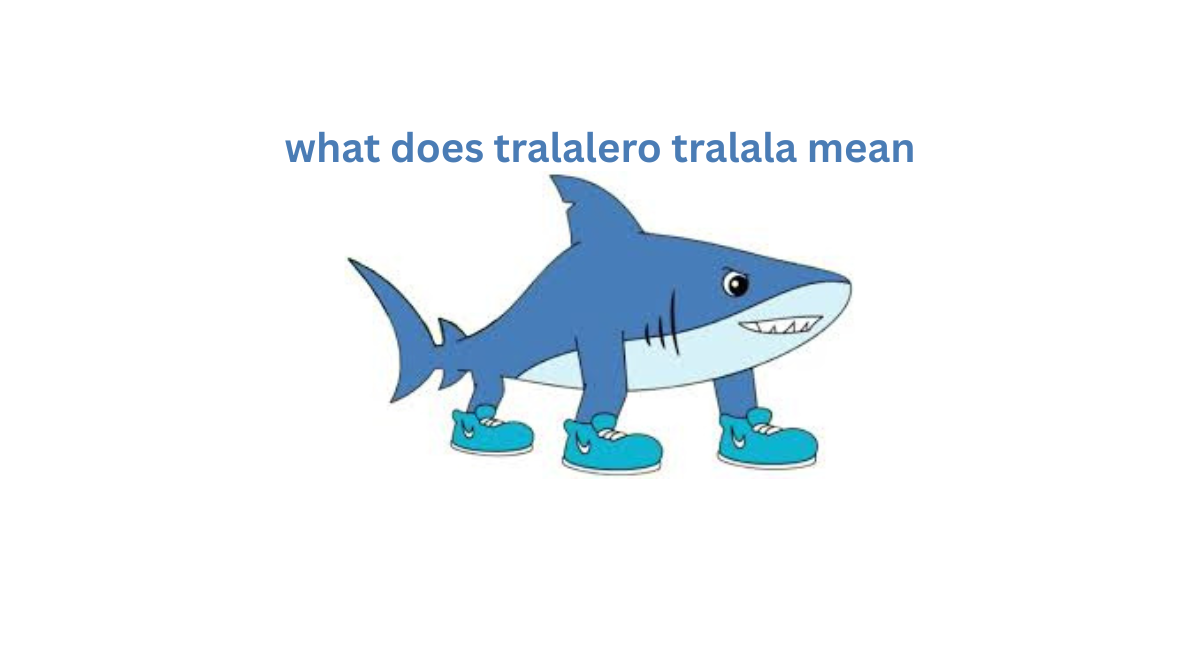
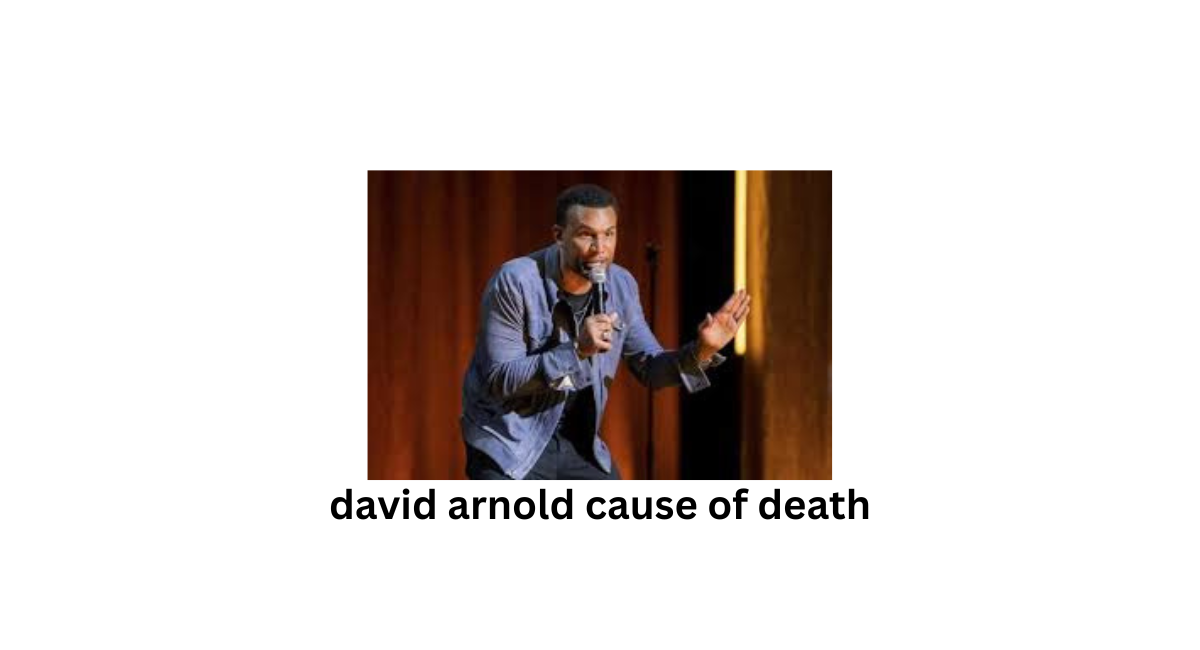

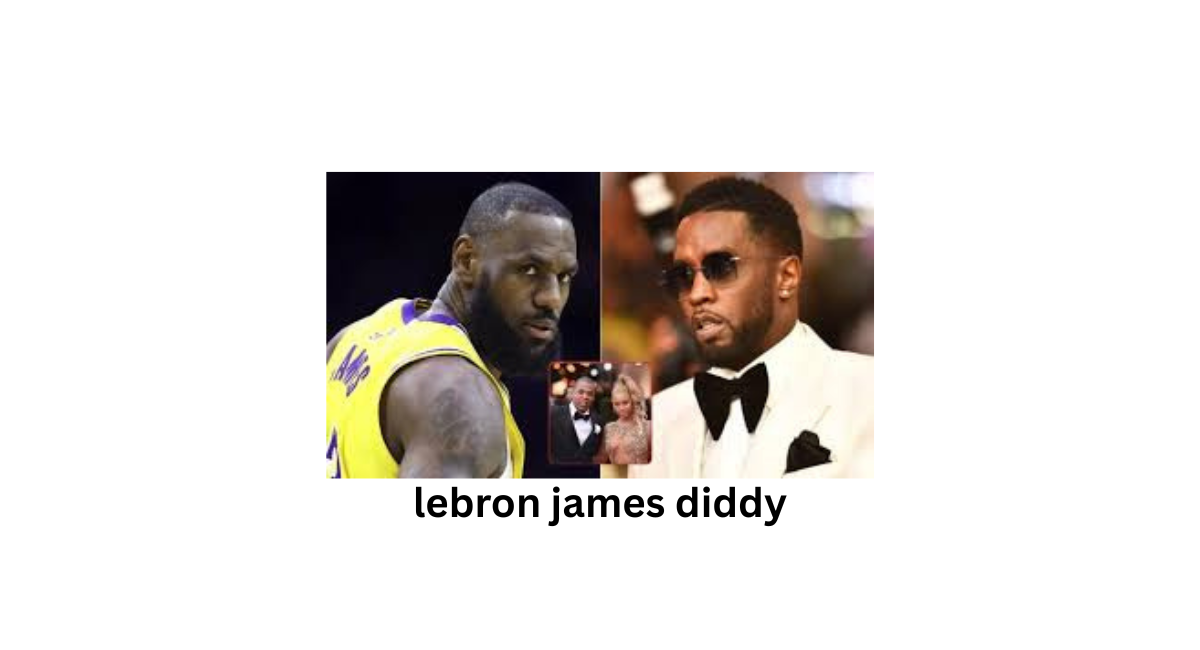
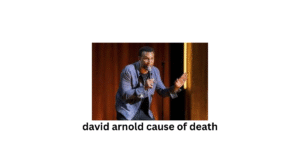
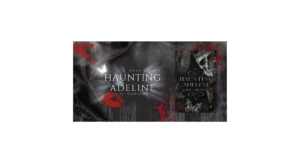
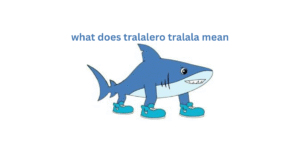
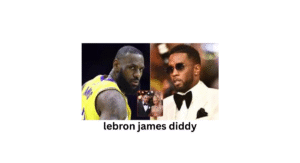




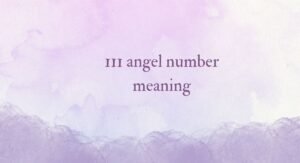
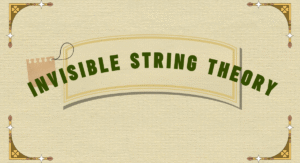
Post Comment